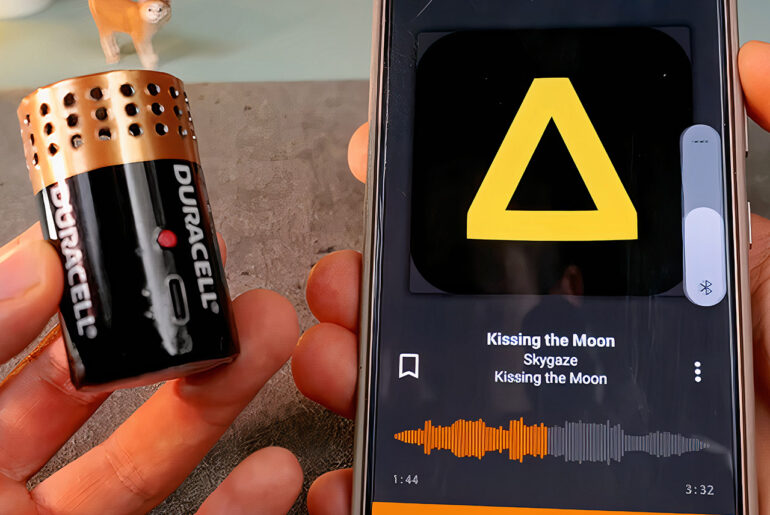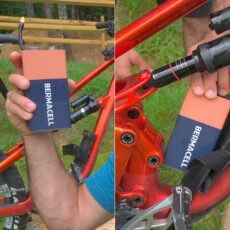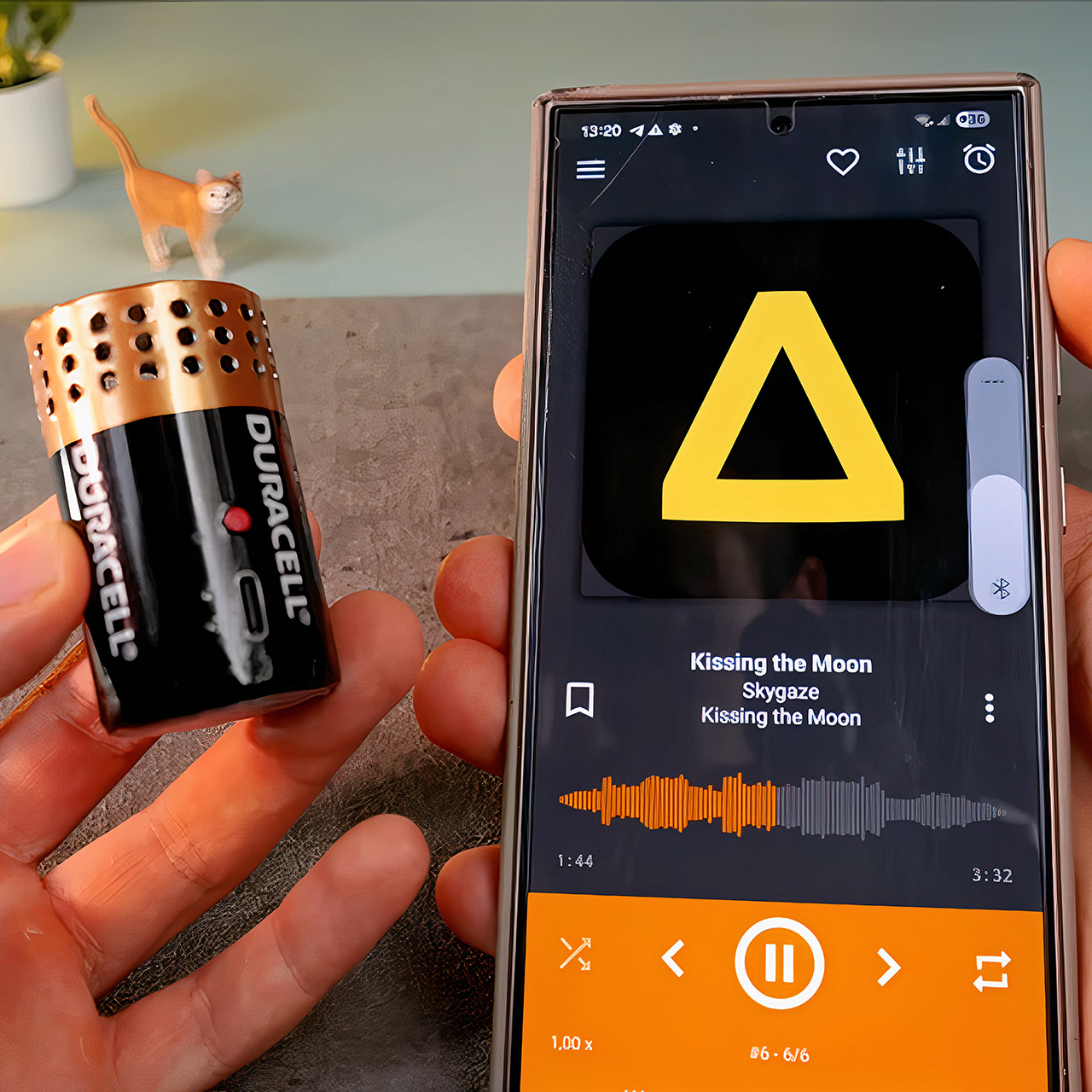
A Duracell battery, used in flashlights and remotes, doesn’t seem like a high-tech candidate for a makeover. But one modder spent two weeks turning an ordinary battery into a Bluetooth speaker that works and sounds great.
Draining a battery to avoid a chemical explosion isn’t glamorous, but it’s the start of this journey. The modder, Slivki Show, was worried about the alkaline innards so they built a temporary fan out of a toy car engine, blue electrical tape and a small propeller. This rickety system ran for three days, safely lowering the battery charge. Patience like that is impressive especially when compared to the alternative: a fire hazard on a workbench full of tools and dreams. Only after this gradual depletion could the real work begin.
- SUPERIOR SIGNATURE SOUND: Delivers sound that is rich, clear and loud, like the artist intended. Experience absolute 360° sound with True...
- 30+ HOURS OF PORTABLE PLAYTIME: Offers 30+ hours of portable playtime on a single charge. Its compact size, rugged durability and reliable playtime...
- ROADWORTHY IP67-RATED DESIGN: Tough and resilient, boasting an extremely durable and easy-to-use design that features an IP67 dust- and...
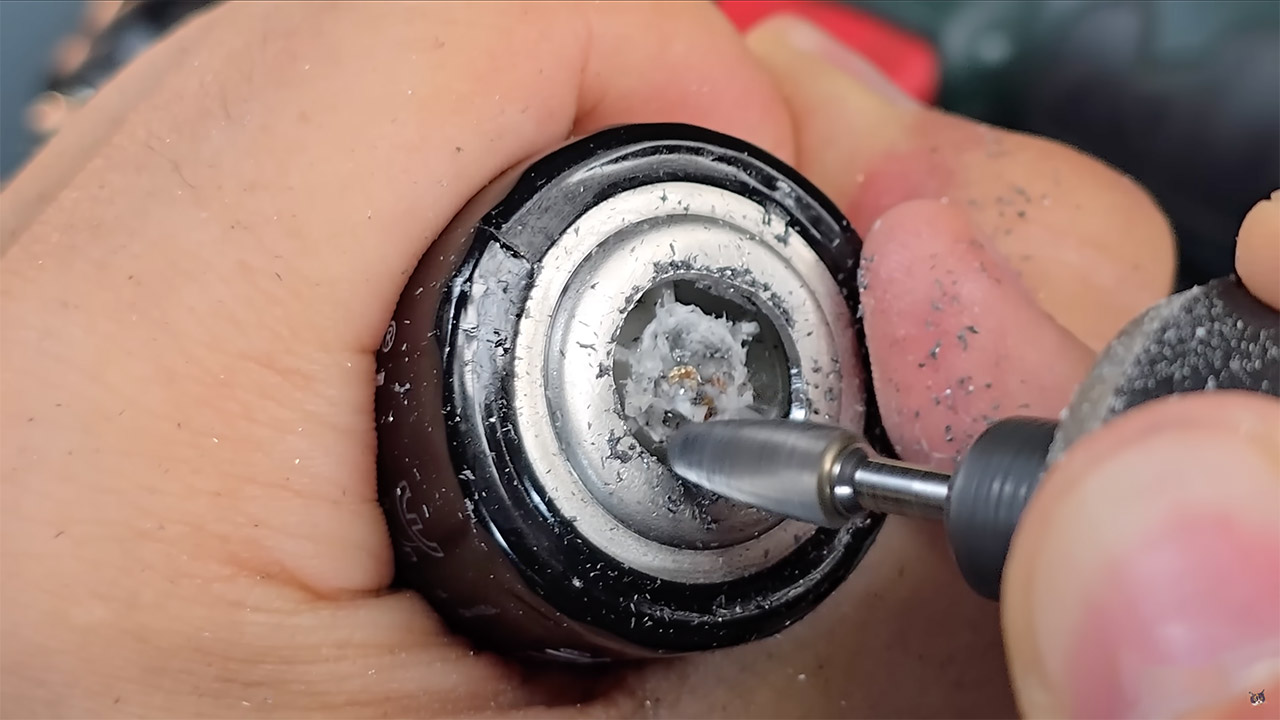
Disassembling a battery casing seems straightforward, until you realize it was meant to last for years. The modder started with small drill bits and moved to larger ones when the metal resisted. When that wasn’t enough, a rotary tool with high-carbon steel bits was brought in. To keep metal shavings from making the workspace a glittering mess, they taped the batteries and used a rubber glove. Pliers were used to extract the battery core, and the residual alkaline residue was scraped out with a wooden popsicle stick. The hollowed shell was then cleaned with alcohol swabs.
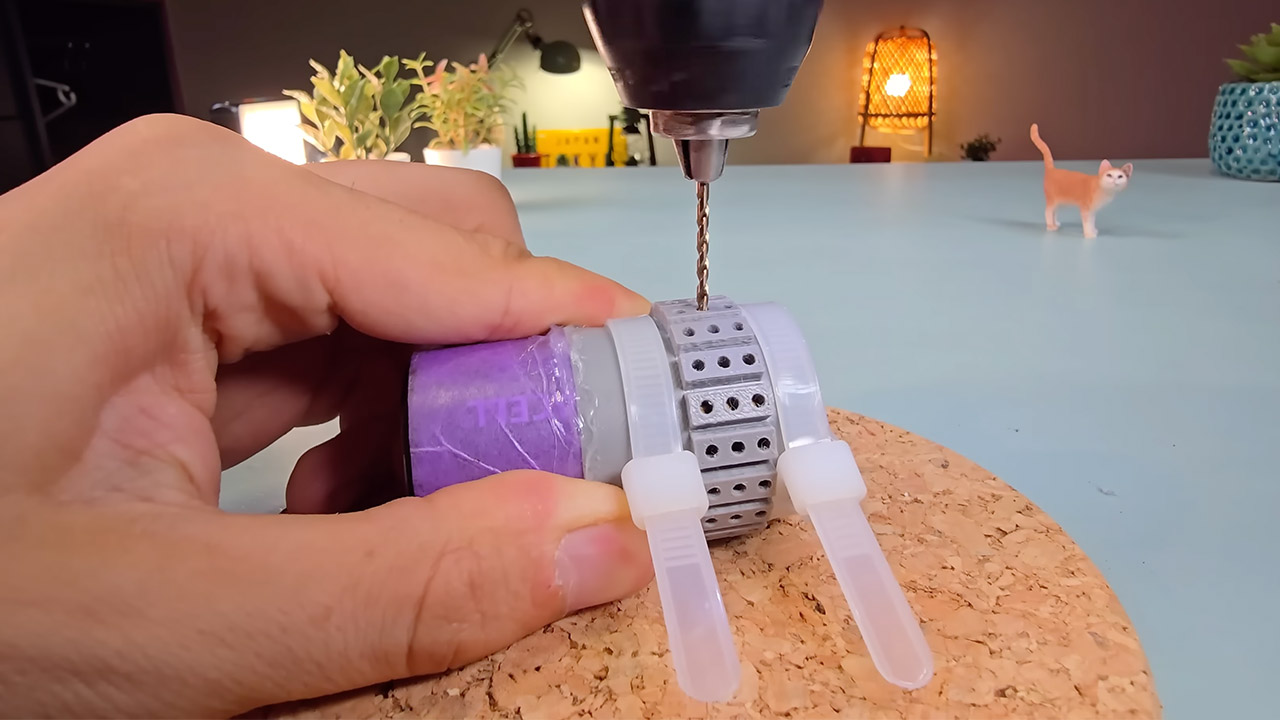
The next hurdle was drilling 60 tiny holes into a curved metal surface, a nightmare waiting to happen – one slip and the project is over. Early attempts with a ruler produced variable results so the modder opted for a more sophisticated solution: a 3D printed drilling template. This custom jig had perfectly matched holes and stronger channels to keep each drill bit on track. The template was zip tied and hot glued to the battery and when removed revealed rows of perfect holes, proof that preparation beats physical force.
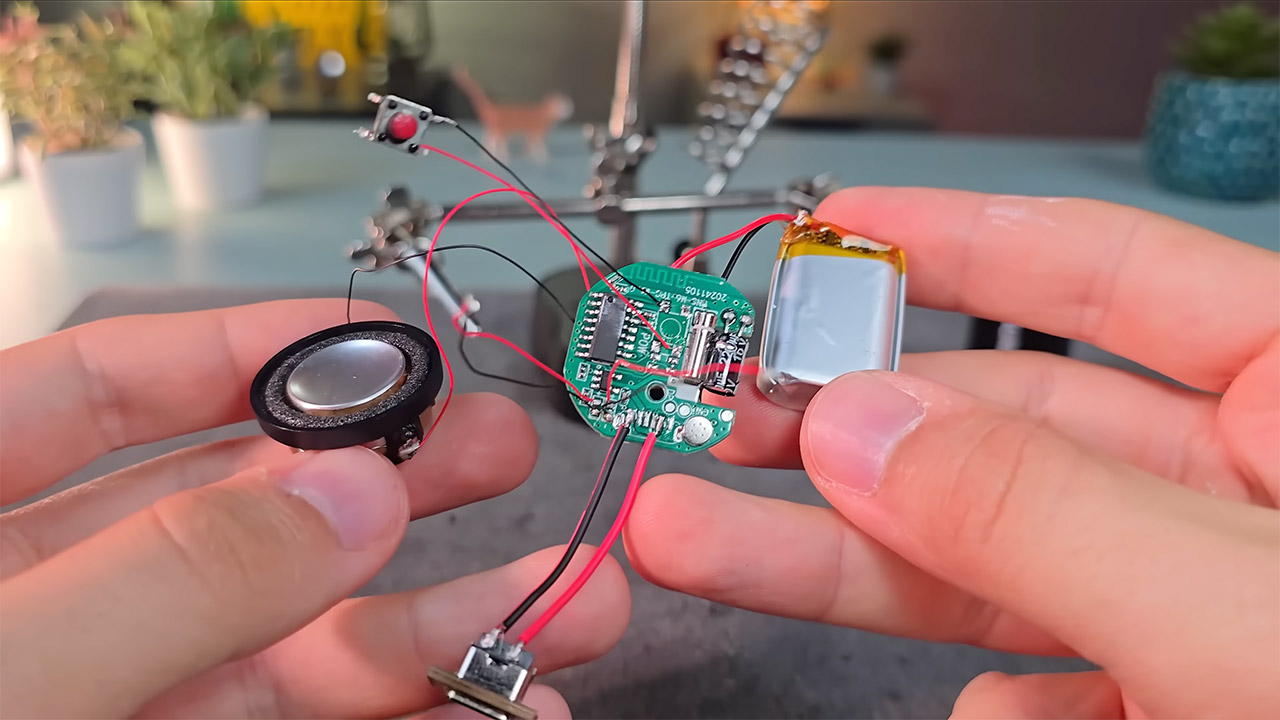
The electronics included a $6 Bluetooth circuit board, a small speaker, a battery, a push button and power and charging LEDs. Simple in concept, but soldering 1mm LEDs with a big iron tip is a pain. The modder said they couldn’t see the components and worked mostly by feel rather than sight. To position the button and charging port, a Photoshop design was printed on masking tape and used as a sticky drilling guide.
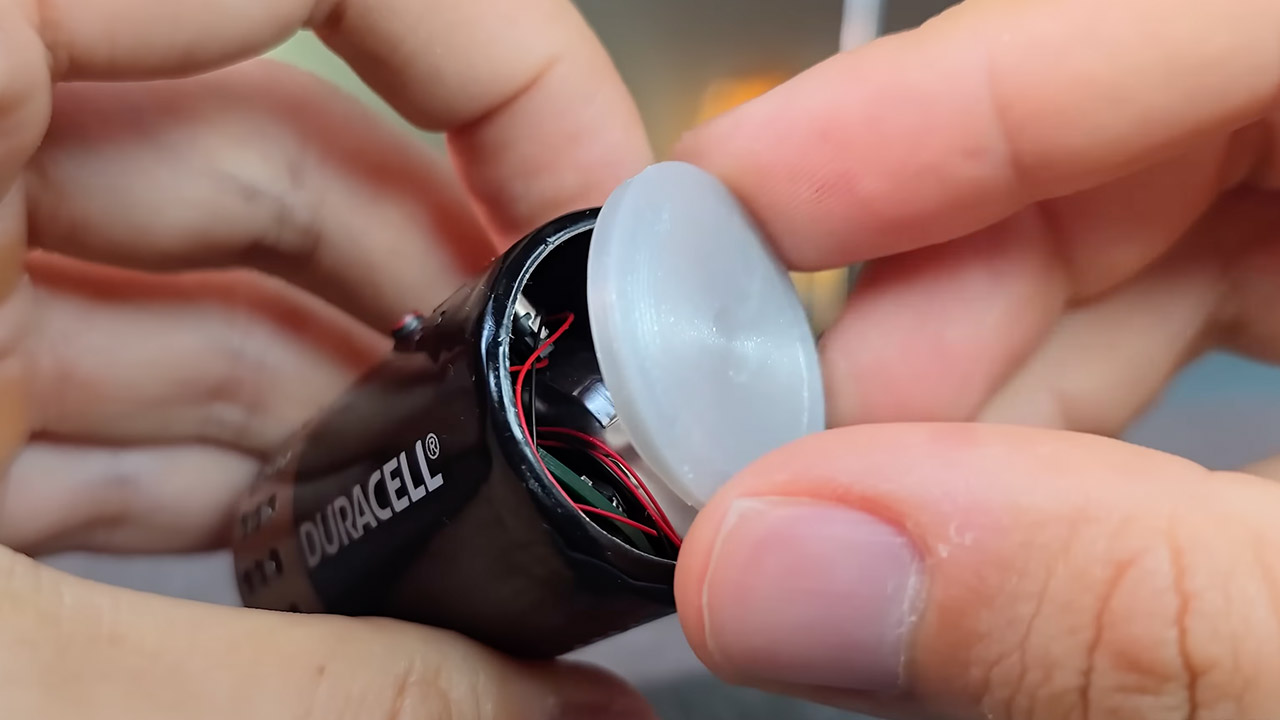
Finishing the project required finesse, including UV-curing adhesive like the kind used in dental fillings which held the components together without gluing them in place; repairability was a big goal. A 3D printed sleeve held the speaker in place and improved sound inside the metal case. The battery’s original bottom lid snapped back on and the high-tech secret was hidden.
[Source]

